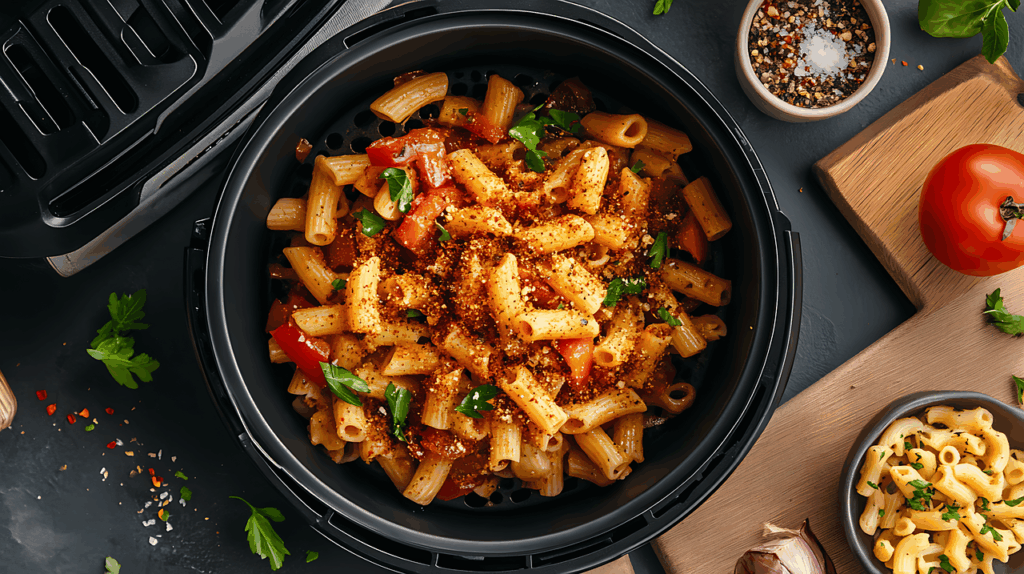
In the demanding world of professional athletics, where the pursuit of peak performance is relentless, every detail matters. While countless hours are dedicated to training and honing skills, one incredibly powerful tool is often underestimated or, worse, misused: proper nutrition. It’s not just about fueling the body; it’s about supporting recovery, optimizing adaptation, and building resilience against injury.
Even the most dedicated and experienced athletes can inadvertently fall into common dietary traps that silently sabotage their progress and limit their full potential. These aren’t always obvious errors; sometimes, they’re subtle misjudgments in what’s considered ‘healthy’ or a slight miscalculation in energy needs, yet their cumulative impact can be profound.
This in-depth exploration will unveil the 13 most prevalent nutrition mistakes that can hold athletes back, drawn from extensive practical experience in sports nutrition. More importantly, we’ll equip you with clear, actionable strategies to recognize these pitfalls and transform your eating habits into a formidable advantage, propelling you toward your athletic goals and beyond.
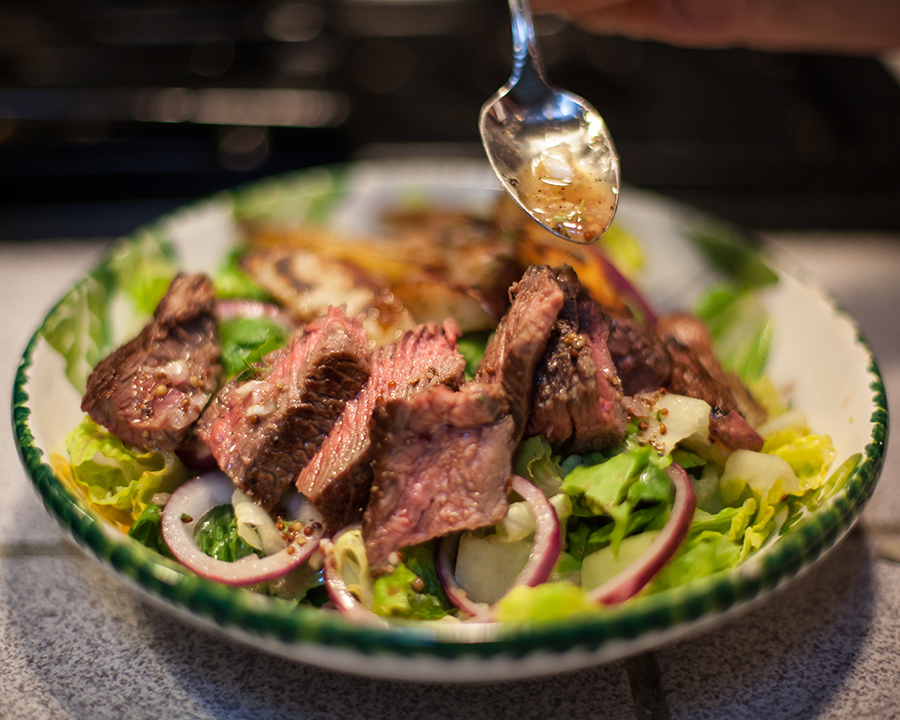
1. **Underfueling: The Energy Deficit Trap**One of the most widespread and detrimental mistakes athletes make is consistently under-eating relative to their training demands. It’s a common misconception that less food equates to improved performance or better weight management. However, this belief often leads to severe energy deficits, leaving the body starved for the resources it desperately needs to operate at an elite level.
“Insufficient calorie intake leads to low energy, impaired recovery, decreased strength, and can even contribute to hormone imbalances and increased injury risk.” Your body simply cannot perform optimally or rebuild efficiently without adequate fuel. Imagine trying to embark on a long journey with a half-empty fuel tank; that’s precisely how your body feels when it doesn’t receive enough energy, creating a ripple effect of negative consequences.
Chronic energy deficits wreak havoc on metabolic and hormonal systems. They can significantly impact thyroid function, disrupt hormones, and severely impede recovery processes. Red flags that indicate you might be caught in this trap include frequent injuries, prolonged recovery times after intense training sessions, a frustrating lack of progress despite consistent effort, and a noticeable loss of natural hunger cues. Performance drops are inevitable; you’ll feel slower, weaker, and less explosive in your training sessions.
The solution is refreshingly direct: eat more! This isn’t a license for mindless indulgence but a call for intentional, nutrient-dense fueling. Prioritize consistent eating across both training and rest days, ensuring regular meals and snacks that include a balanced mix of carbohydrates, protein, and healthy fats. It’s crucial to understand your individual caloric needs based on your activity level and specific goals, then adjust your food intake accordingly. Don’t shy away from consuming the energy your body demands to thrive.
To effectively combat underfueling, a practical starting point is to track your intake for a few days to gain a realistic picture of your actual consumption. Additionally, ask yourself if you’re going longer than 3-5 hours without eating during the day. As your training load increases in duration and intensity, it’s critical to also increase both the total amount you eat and the proportion of carbohydrates on your plate. Matching your fueling strategy to your training load is not just beneficial; it’s absolutely essential for sustainable performance.
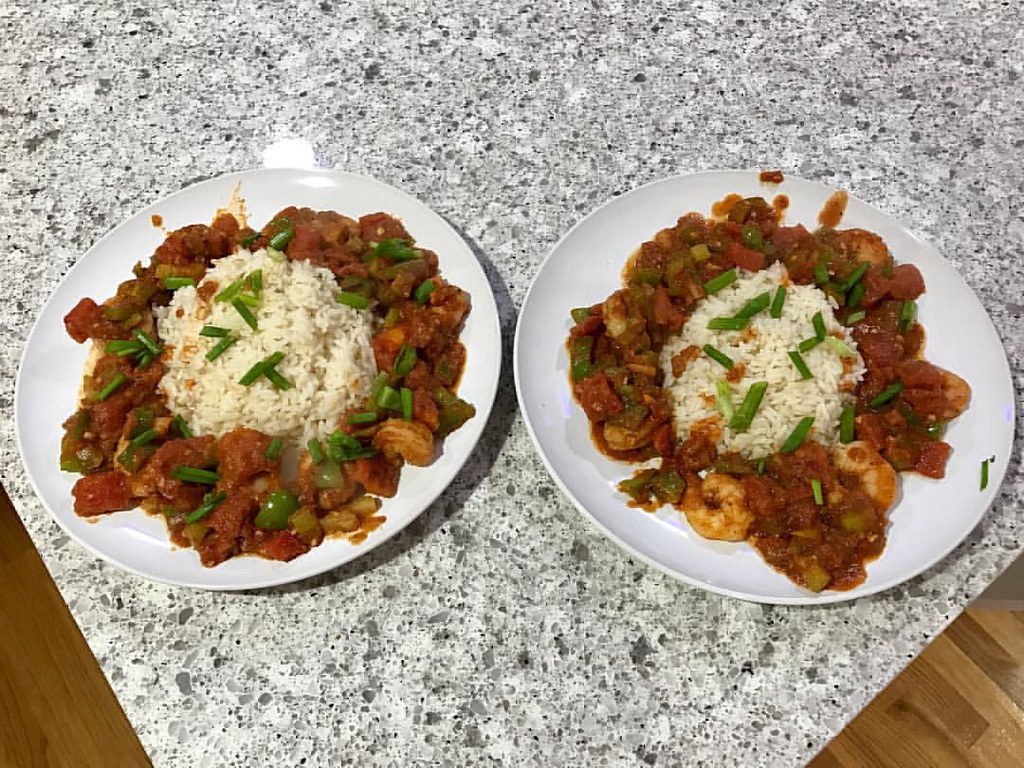
2. **Neglecting Carbohydrates: Missing Your Primary Energy Source**In an era often dominated by protein-centric diets, many athletes mistakenly cut carbohydrates, believing it’s the optimal path for body composition or performance. Yet, this is a significant misstep, as carbohydrates are unequivocally your body’s primary and preferred energy source for high-intensity training and sustained effort. Depriving your muscles of this vital fuel can have profound negative impacts.
Failing to eat a sufficient amount of carbohydrates creates a fundamental energy deficit, directly impairing performance and compromising overall health. “Since carbs are the muscles’ preferred source of energy, failing to eat a sufficient amount of carbohydrates can have detrimental effects on performance, as well as general health.” Without adequate carbs, your body struggles to replenish glycogen stores, leading to premature fatigue and a noticeable drop in strength and endurance during workouts and competitions.
The fix involves making smart, strategic carbohydrate choices and timing their intake. Integrate complex carbohydrates like oats, quinoa, sweet potatoes, and whole grains into your regular meals. These provide sustained energy release, crucial for consistent performance throughout the day. They aren’t just ‘fillers’; they are the foundational fuel for your muscles and brain.
Crucially, optimize your carbohydrate intake around your workouts to maximize both energy availability for training and efficient recovery afterwards. This means consuming adequate carbs before training to top off glycogen stores and after training to replenish them swiftly. Experts suggest making carbohydrates the centerpiece of all your meals and snacks, adjusting their proportion to align with the duration and intensity of your training sessions. Utilize practical tools, such as ‘Performance Plates,’ to help estimate the correct proportions of carbs, protein, and fruits/vegetables for your specific needs.

3. **Not Staying Hydrated: The Silent Performance Killer**Water is not just important; it is absolutely critical for life, and especially so in the realm of sports. Despite its fundamental role, athletes frequently underestimate the sheer volume of fluid they lose through sweat, leading to dehydration. Even a mild degree of dehydration can be a silent performance killer, reducing your athletic capabilities by a staggering amount.
“Even slight dehydration can reduce your performance by up to 30%.” This isn’t just about feeling thirsty; it leads to a cascade of physiological impairments. Dehydration causes reduced plasma volume, an increased heart rate as your body works harder, decreased sweat production impacting temperature regulation, and elevated body temperature. On top of this, cognitive functions diminish, affecting reaction times and decision-making, and the risk of heat stroke significantly rises.
The remedy is to make consistent hydration a non-negotiable part of your daily routine. Drink water consistently throughout the day, not just when you feel thirsty or during training. Thirst is often a sign that dehydration has already begun. A simple yet effective way to monitor your hydration status is to check your urine color; a light yellow hue indicates proper hydration, while darker shades signal a need for more fluids.
For those who are heavy sweaters or engage in long, intense training sessions, particularly in hot weather, plain water might not be enough. Consider incorporating electrolyte beverages or supplements to replenish essential minerals lost through sweat, maintaining crucial electrolyte balance. As a guideline, aim to drink 14–20 ounces (400–600 ml) 2–3 hours prior to training, sip 5–12 ounces (150–350 ml) every 15–20 minutes during training, and consume 16–24 ounces (450–675 ml) for every pound (0.5 kg) of weight lost after your session.

4. **Overlooking Micronutrients: The ‘Small’ Details That Matter Big**While the focus often squarely lands on macronutrients – carbohydrates, proteins, and fats – and total calorie intake, many athletes unwittingly neglect the vital role of micronutrients. These essential vitamins and minerals, though required in smaller quantities, are the unsung heroes of athletic performance, playing critical roles in virtually every bodily function that supports training and recovery.
Ignoring micronutrients can lead to significant deficiencies in key vitamins and minerals such as iron, calcium, vitamin D, and magnesium. These deficiencies can severely compromise performance and overall health, leading to insidious issues like fatigue, decreased strength, and a heightened susceptibility to illness. For instance, iron is vital for oxygen transport, calcium for bone health and muscle contraction, and magnesium for muscle relaxation and metabolic processes. Without these, the entire system falters.
The most effective strategy to ensure adequate micronutrient intake is to embrace a diverse and colorful diet. Prioritize eating a wide variety of colorful fruits and vegetables daily, alongside nuts, seeds, and whole grains. These foods are veritable powerhouses, packed with the vitamins, minerals, and antioxidants that enhance performance and accelerate recovery. Think of them as the finely tuned components that make your high-performance engine run smoothly.
While a balanced diet should be the primary source of these critical nutrients, supplementation might be considered in specific circumstances. However, this should always be done cautiously and only if deficiencies are identified by a qualified healthcare professional or sports dietitian. Random supplementation without a confirmed need can be ineffective or, in some cases, even harmful. Focus on building a robust dietary foundation rich in naturally occurring micronutrients first.
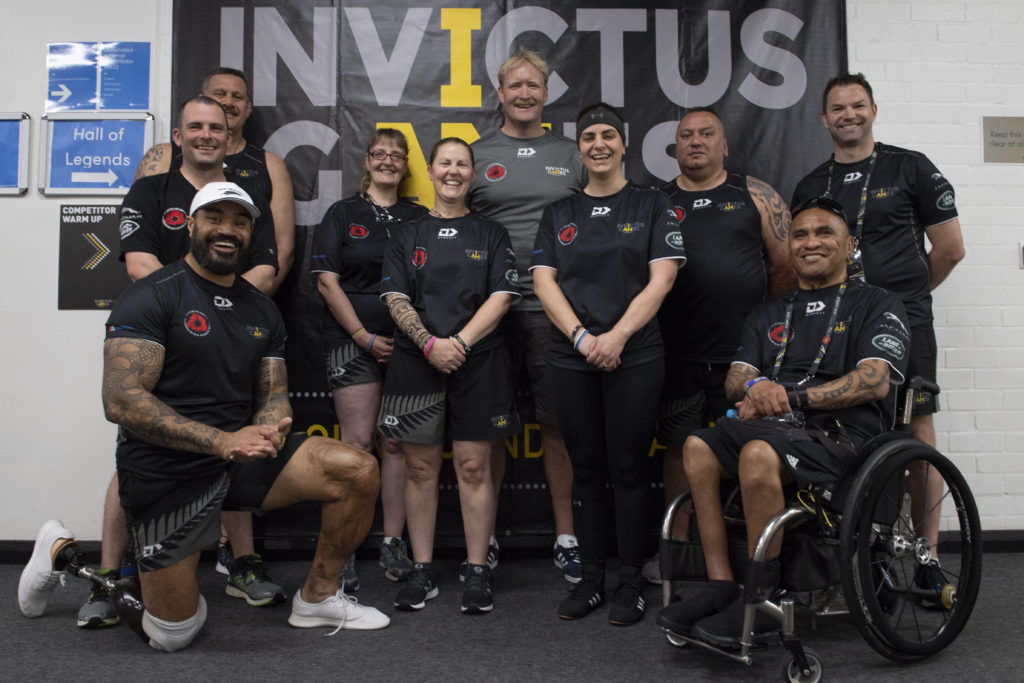
5. **Skipping Pre-Workout Fuel: Training on an Empty Tank**The allure of ‘fasted training’ has swept through certain athletic communities, yet for many, it presents a significant pitfall. Heading into a training session on an empty stomach is akin to embarking on a strenuous journey with a near-empty gas tank – you simply won’t get optimal performance or make it very far without consequences. This mistake can undermine your efforts and even increase the risk of injury.
Training without proper pre-workout fuel, especially for individuals whose bodies produce estrogen, comes with serious consequences, including an increased risk of injury. Beyond physical harm, exercising on an empty tank often leads to unintentional underfueling throughout the day. Your body requires readily available energy to sustain intense effort, maintain focus, and kickstart recovery even before the workout concludes.
The straightforward fix is to prioritize a carb-heavy snack before any training session. This ensures your muscles have immediate access to their preferred energy source, allowing you to perform at your best. The timing and type of snack are key; for those with little time before early morning workouts or concerns about gastrointestinal upset, smart strategies can make all the difference.
Consider opting for easily digestible, on-the-go snacks like a granola bar or a sports gel if time is tight. Alternatively, prepare your snack the night before, choosing options such as overnight oats or rice balls that are ready to grab and go. Another practical suggestion is simply to adjust your sleep schedule to wake up a bit earlier, allowing ample time to consume and digest your pre-workout fuel comfortably. Furthermore, practice your fueling strategy consistently; the more you accustom your gut to eating before training, the better it will tolerate and utilize the nutrients.
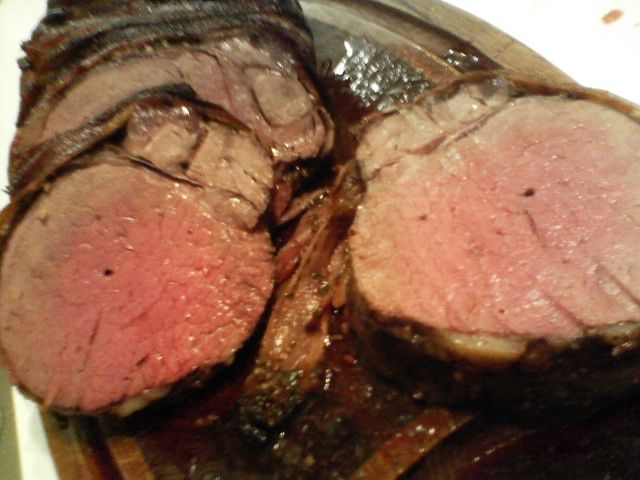
6. **Not Prioritizing Protein at Every Meal: Inconsistent Muscle Support**In our protein-obsessed culture, many athletes understand the importance of protein, yet often miss a critical nuance: consistent protein intake throughout the day. It’s not just about hitting a daily protein target; it’s about providing a steady supply of amino acids to your muscles, particularly for muscle repair, growth, and overall performance. Many athletes tend to consume the bulk of their protein in one or two large meals, missing prime opportunities for continuous muscle protein synthesis.
This inconsistent intake means your body isn’t receiving the steady stream of building blocks it needs. Your body is perpetually engaged in a cycle of breaking down and rebuilding muscle tissue. If you’re relying heavily on carbohydrates or fats for energy but neglecting muscle-preserving protein at key intervals, you’re inadvertently hindering your body’s ability to recover, adapt, and grow stronger. This inefficiency can slow down progress and leave your muscles less prepared for the next demanding training session.
The solution is to strategically distribute your protein intake across all your meals and snacks. Aim for approximately 20-40 grams of high-quality protein every 3-4 hours, adjusting the amount based on your individual size, training intensity, and specific goals. This consistent spacing ensures a steady supply of amino acids, maximizing muscle repair and growth, which is absolutely vital for strength athletes or anyone seeking to enhance muscle gain and overall physical resilience.
Whole food sources are typically the most effective and nutrient-dense options. Prioritize lean meats, poultry, fish, eggs, tofu, and dairy products like Greek yogurt. Incorporating these at regular intervals throughout the day, perhaps with a handful of nuts or seeds as a protein-rich snack between meals, will create an optimal environment for your muscles to recover, rebuild, and continuously adapt to the stresses of training. This consistent approach to protein is a cornerstone of advanced athletic nutrition.

7. **Underestimating Portion Sizes, Especially of Healthy Fats: The Calorie Creep**Many athletes diligently choose ‘healthy’ foods, believing that their quality alone guarantees optimal results. However, even with the best intentions, a significant mistake can be made in underestimating portion sizes, particularly when it comes to calorie-dense healthy fats. Foods like avocados, nut butters, oils, nuts, and seeds are indeed packed with beneficial micronutrients and healthy fats, but they also carry a substantial calorie load. Without careful attention, even small miscalculations in serving sizes can quickly add up, turning a healthy choice into an unwitting caloric surplus.
This ‘calorie creep’ can subtly undermine efforts, especially for athletes aiming to manage body composition or achieve specific weight loss goals. For example, logging “1 tbsp of peanut butter” when you actually used 2.5 can lead to a significant caloric discrepancy over the course of a day or week. While these healthy fats are crucial for hormone production, nutrient absorption, and satiety, over-consuming them, even inadvertently, can hinder progress and stall desired body composition changes.
To rectify this common mistake, cultivate greater awareness and precision in your portion control. For calorie-dense items like fats, consider weighing them until you develop a reliable eye for accurate serving sizes. Alternatively, pre-portioning these foods can ensure consistency and prevent accidental overconsumption. The ‘hand method’ can also be a helpful tool for quick portion sizing: for fats, aim for a serving roughly the size of your thumb.
Ultimately, it’s about finding balance. These healthy fats are valuable components of an athlete’s diet, but their energy density demands respect. By being more intentional about portion sizes, you can continue to enjoy the myriad benefits of these foods without inadvertently over-fueling, thereby aligning your intake more precisely with your true energy needs and performance objectives.

8. **Relying on Packaged Foods and Beverages: The ‘Healthy’ Trap**In the relentless pursuit of peak performance, athletes often find convenience dictating dietary choices, leading to heavy reliance on packaged foods. Energy bars, protein shakes, and “health-focused” snacks are marketed as ideal on-the-go solutions. While they promise quick fuel and nutrients, this dependence can become a significant dietary pitfall, subtly undermining consistent progress and long-term health.
The fundamental error stems from a common misconception: that any product packaged and labeled “clean” or “performance-boosting” automatically aligns with optimal nutrition. Many convenient items are surprisingly high in added sugars, low in comprehensive micronutrients, and fail to provide sustained energy. This creates a cycle where seemingly ‘healthy’ snacks don’t truly satisfy, making it easy to overeat without realizing the true caloric and nutritional cost. Processed and less satisfying than whole foods, they can hinder genuine satiety.
The solution isn’t to eliminate all packaged foods; they can play a strategic role in a busy athlete’s regimen. The key is to become a more discerning consumer. Learn to read food labels critically and prioritize ingredients. A qualified sports Registered Dietitian is invaluable in understanding and prioritizing truly beneficial ingredients. When chosen wisely and integrated into a proper meal plan, packaged foods can deliver vital nutrients, calories, and functional ingredients to support your fitness journey.
However, for consistent, high-quality fueling, the more robust strategy is to prioritize whole food snacks. Consider the power of Greek yogurt, hard-boiled eggs, fruit paired with jerky, or a rice cake with cottage cheese. These options offer superior satiety, a richer array of micronutrients, and consistent energy release, fueling your body without the hidden downsides often found in processed counterparts. It’s about being smart and intentional with every bite.

9. **Falling for Fad Diets: The Detour from Sustainable Performance**The allure of quick fixes and trendy eating patterns is strong, captivating even dedicated athletes. Whether it’s the ketogenic diet, intermittent fasting, or a strict “clean” eating regimen, many inadvertently fall into the trap of fad diets, believing they offer a shortcut to peak performance or a desired physique. Yet, these restrictive nutritional philosophies frequently represent a substantial detour from achieving sustainable athletic excellence and fostering holistic well-being.
The fundamental problem with most fad diets is their inherent tendency to lead to chronic under-fueling. It becomes exceedingly difficult to consume sufficient calories for demanding training when avoiding all “processed” foods, limiting eating to narrow windows, or severely restricting carbohydrates—the muscles’ preferred energy source. This inadequacy in calorie or carbohydrate intake can prove catastrophic for athletic performance, manifesting as debilitating fatigue, impaired recovery, and a frustrating lack of tangible progress despite immense effort.
Beyond physical repercussions, strictly adhering to rigid diet rules can exert a significant toll on mental health. The continuous cognitive burden of restriction, adherence, and guilt associated with perceived “failure” can be immensely stressful. Furthermore, engaging in such stringent dieting behaviors is a major predictor for developing eating disorders. At the core of true athletic support, both unparalleled performance and a healthy, resilient body and mind are paramount; restrictive dieting typically does not align with achieving this vital balance.
The pathway to rectifying this is simple: genuinely ask yourself if your current diet is authentically working for you. If you can’t realistically envision yourself maintaining it for life, it’s unsustainable and not the right diet. The objective is to implement a balanced diet that prioritizes all three macronutrients in appropriate proportions, focuses on nutrient-dense whole foods, and allows for flexibility. Collaborating with a qualified professional, like a Registered Dietitian or therapist, provides invaluable guidance in navigating food rules and listening to your body’s true nutritional needs.
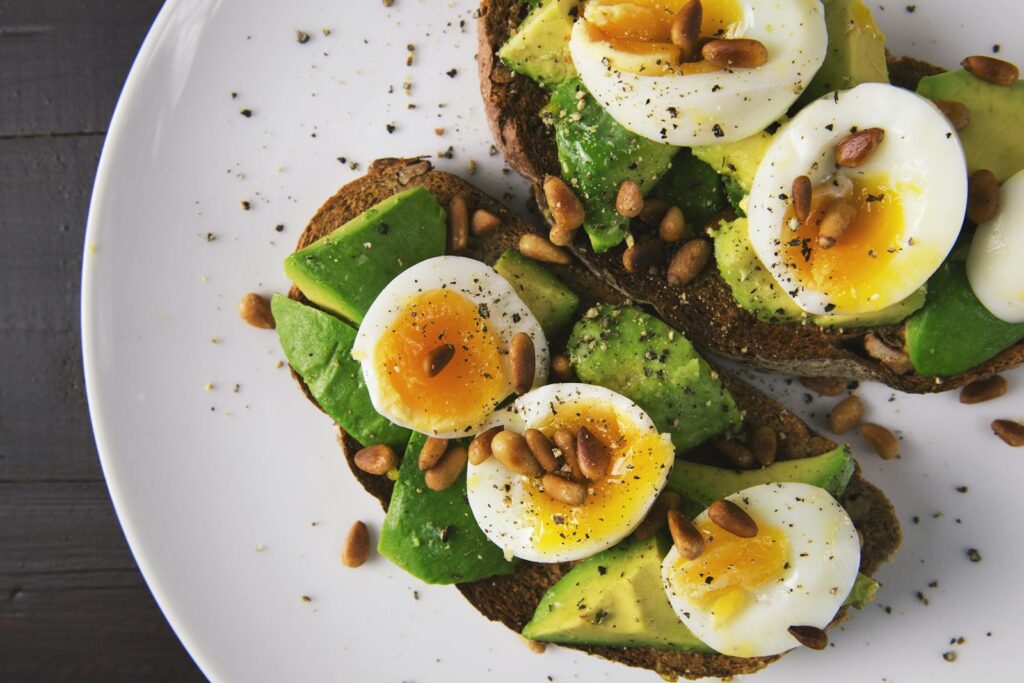
10. **Over-Reliance on Supplements: Beyond the Foundational Nutrition**In the digital landscape, athletes are constantly assailed with compelling claims of miraculous performance enhancements from various herbs, powders, and pills. The enticing promise of an effortless edge or significant health benefits with minimal effort is alluring. While evidence-backed supplements do have a legitimate place in specific, targeted scenarios, an unchecked over-reliance on them, particularly without a robust foundational understanding of nutrition, constitutes a common and frequently costly mistake.
The truth is, a surprisingly small fraction of available supplements have definitively proven effective as true ergogenic aids, especially within endurance sports. Many products simply fail to deliver on their grandiose claims of health and performance benefits. Investing substantial resources into unproven supplements not only needlessly drains your budget but also critically diverts focus from the fundamental dietary principles that are the genuine bedrock of superior performance and optimal recovery. This is a classic case of chasing the shiny new thing instead of diligently optimizing the tried-and-true methods.
The most pragmatic approach involves a rigorous, critical evaluation of your current supplement use. If taking supplements, ask four fundamental questions: “Do I truly need it? Is it scientifically proven effective for my goals? Is it genuinely safe? Does it realistically fit my budget?” If any fails to elicit four resounding “yes” answers, discontinue its use. When confronted with new claims, recall the adage: “if it seems too good to be true, it probably is!” Approach new products with skepticism, demanding robust scientific backing over persuasive marketing.
Ultimately, supplements are designed to *supplement* an already comprehensive and adequate diet, not to replace it. They cannot compensate for underlying nutritional deficiencies. If uncertain about a supplement’s benefit, consult a qualified Registered Dietitian. These experts guide you in discerning between effective, safe options and costly, unproven distractions, ensuring your nutritional strategy is built on a solid, evidence-based foundation, leading to optimal performance and sustained health.
11. **Fueling Like a Pro—Without Pro Output: The Mismatch Mistake**It’s natural for aspiring athletes to seek inspiration from elite counterparts, not solely in training but also in fueling strategies. Observing top professionals loading up on bagels, smoothies, granola, and protein bars can powerfully influence many to replicate these habits. However, a significant mistake emerges when individuals uncritically adopt fueling strategies designed for professional-level output, without actually possessing the same intensive training volume.
The core error is a straightforward yet impactful mismatch: professional athletes routinely train multiple hours per day at very high intensities, creating an enormous energy demand. Unless your regimen mirrors this output, your body’s fuel demands are significantly lower. Adopting the caloric intake of a top-tier athlete when your activity is less intense can rapidly lead to an unwitting caloric surplus, even with seemingly “healthy” foods. This over-fueling can subtly undermine efforts, especially for managing body composition or achieving specific fat loss goals.
The corrective action is uncomplicated: diligently match your food intake to your *true* training volume and intensity. This requires an honest self-assessment of your actual energy expenditure, rather than simply imitating what others consume. If your goal includes fat loss, it is even more imperative to deliberately create a small, sustainable calorie deficit that supports these objectives without compromising performance or recovery. This is not about restriction, but precision fueling. Most athletes benefit from eating similarly each day with minor performance-based adjustments.
Implementing this adjustment necessitates a nuanced understanding of your unique requirements. On lower-intensity days or during rest periods, carbohydrate and overall caloric intake should be adjusted downward. Tools like “Performance Plates,” guiding macronutrient proportions based on training loads, prove helpful. Ultimately, it’s about meticulously personalizing your nutrition to align with your specific athletic reality, ensuring every calorie serves a deliberate function towards your individual goals, rather than following a generic “pro” template.

12. **Drinking Calories Without Realizing It: The Stealthy Calorie Creep**Many athletes meticulously track solid food, make healthy meal choices, and prioritize nutrient density. Yet, they often find themselves perplexed by stalled progress or unexpected weight gain. A common, insidious culprit often operates under the radar: liquid calories. Seemingly innocent smoothies, recovery shakes, coffee shop creations, and even various “hydration” mixes can, over a day, quietly accumulate hundreds of untracked calories. This creates a significant energy surplus without the same satisfying fullness that solid food provides.
These calorie-dense beverages often fall into the category of “healthy foods hindering progress” because they don’t register as substantial meals or snacks. You might perceive a large fruit smoothie as nutritious, or a recovery shake as beneficial. However, their true caloric content can be surprisingly substantial. The issue isn’t that these drinks are inherently bad; rather, it’s the pervasive lack of conscious awareness regarding their caloric contribution to your daily intake. This unawareness often leads to inadvertent over-fueling that can directly sabotage body composition goals.
The effective solution to combat this stealthy calorie creep is to extend the same rigorous scrutiny you apply to solid food to your beverages. Make logging your drinks as non-negotiable and routine as logging your meals. This simple act of awareness can be incredibly revelatory. Furthermore, adopt a strategic mindset in your beverage choices: prioritize low-calorie electrolyte powders when rehydrating, and maintain vigilant awareness about minimizing added sugars in any drinks. This might necessitate choosing plain water, unsweetened teas, or black coffee more frequently, and being mindful of portion sizes.
The overarching objective is to ensure every calorie consumed, solid or liquid, is ingested with clear intention and contributes purposefully to the athletic goals. By cultivating a heightened awareness of what you’re drinking, you gain greater control over your energy balance, preventing hundreds of unnoticed calories from quietly sabotaging your efforts. This minor shift in habit can yield remarkable breakthroughs in both performance and desired body composition.
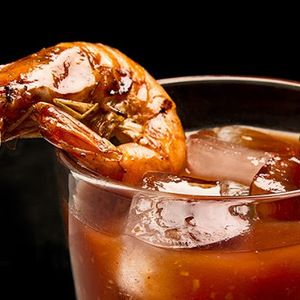
13. **Neglecting Post-Workout Recovery Nutrition: Missing the Anabolic Window**You’ve just pushed your body to its limits, crushed a tough training session, and demanded considerable effort. What immediate action do you take next? For a disheartening number of athletes, a critical oversight exists: delaying or entirely skimping on crucial post-workout recovery nutrition. This common mistake means inadvertently missing a vital “anabolic window”—a period immediately following intense exercise when muscles are uniquely primed to absorb and utilize nutrients most efficiently. This lapse significantly impacts your body’s ability to recover, adapt, and perform optimally in subsequent sessions.
Why does this neglect inflict such harm? Following intense exertion, muscle glycogen stores are depleted, and muscle fibers experience microscopic trauma. Your body shifts into a catabolic state. Providing timely intake of protein and carbohydrates within that crucial 30-60 minute post-training window is paramount. This immediate fueling kickstarts muscle repair (protein) and swiftly replenishes depleted glycogen stores (carbohydrates) essential for your next performance. Failing to seize this opportunity delays vital restorative processes, hindering adaptation, slowing progress, and impeding future strength gains.
The unequivocal fix for this critical oversight is to prioritize a swift, easy-to-digest combination of protein and carbohydrates immediately following your training session. This is not merely a suggestion; it’s a foundational strategy for achieving truly optimal recovery and accelerating strength gains. Strategize to have readily available options you can consume without delay. Classic, highly effective examples include a high-quality protein shake combined with a ripe banana, or Greek yogurt blended with fresh berries. Both efficiently deliver the necessary protein for muscle repair and crucial carbohydrates for rapid glycogen replenishment.
Making this post-workout fueling a consistent part of your routine ensures your body receives vital building blocks and essential energy precisely when it is most receptive. This disciplined approach extends far beyond simply feeling better; it is fundamentally about maximizing every training stimulus, preventing overtraining, reducing injury risk, and systematically preparing your body to attack the next challenge with renewed vigor. By consciously fueling for recovery, you are not merely concluding a workout; you are purposefully setting the stage for continuous improvement and sustained athletic excellence.
***
These thirteen common nutrition mistakes, often subtle and insidious in their impact, powerfully highlight just how complex and vital strategic fueling is for athletes striving for greatness. While the journey to peak performance undeniably involves countless hours of dedicated training and relentless skill refinement, the conscious choices you make on your plate and in your glass are equally, if not more, profoundly impactful. By diligently recognizing and systematically addressing each of these pervasive pitfalls, you unequivocally empower your body to recover faster, adapt more effectively to strenuous demands, and ultimately unlock deep reserves of strength, endurance, and mental fortitude that you might not have previously known you possessed. Remember, nutrition is far more than simply fuel for your engine; it is a powerful, highly personalized tool that, when wielded with intention, knowledge, and consistency, becomes the ultimate competitive advantage, propelling you towards unparalleled athletic success and fostering enduring, holistic well-being. Take decisive control of your plate, master your fueling strategy, and then witness your true athletic potential majestically soar to new, unprecedented heights.




